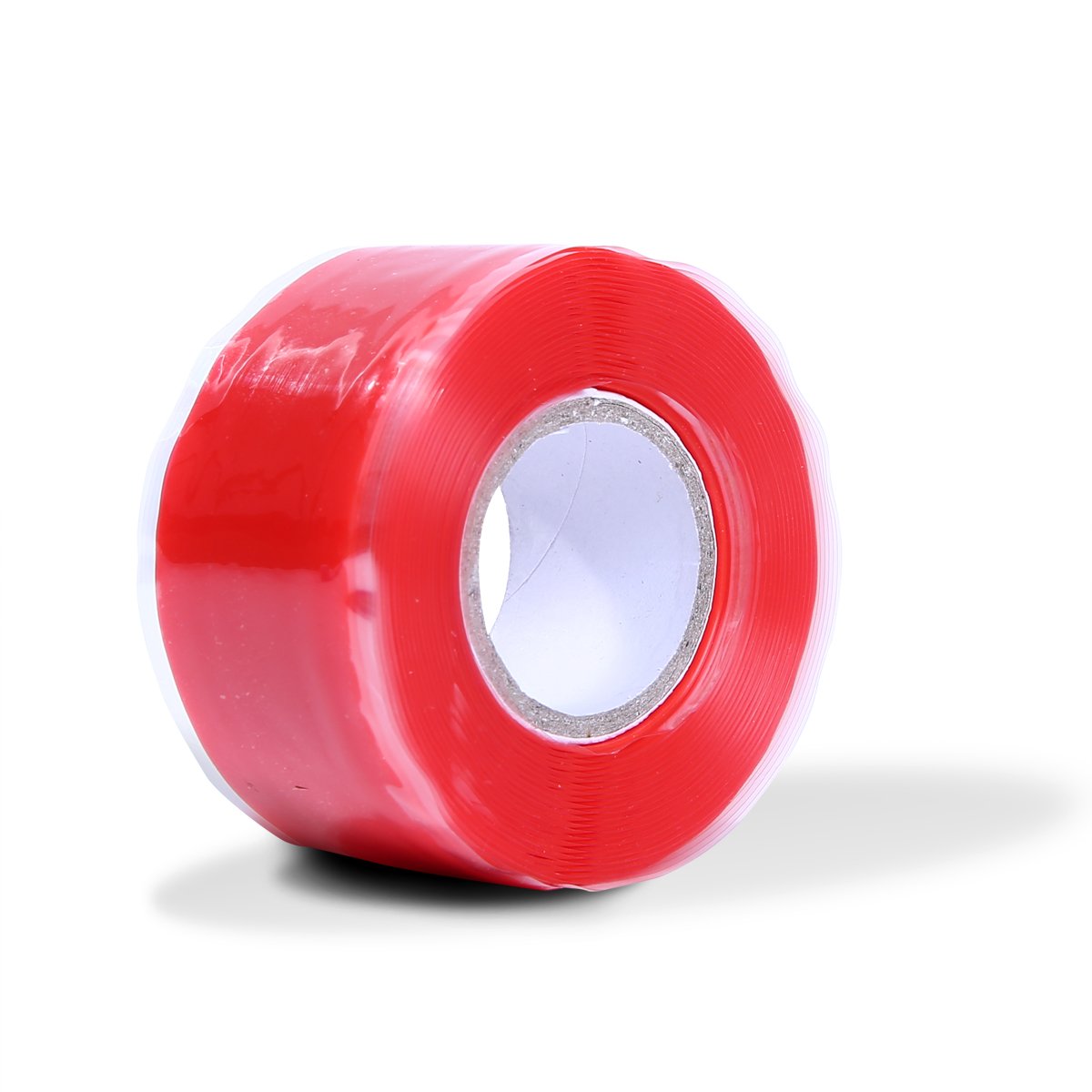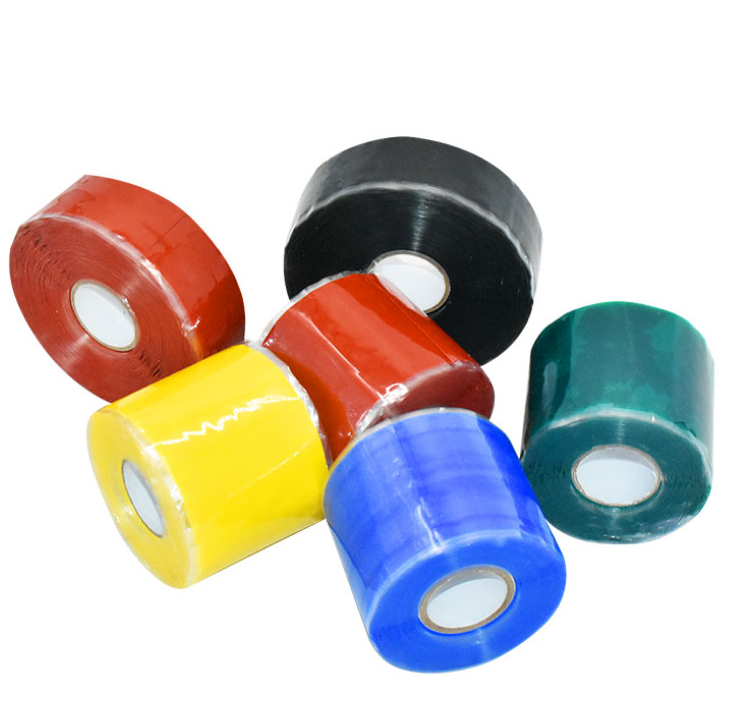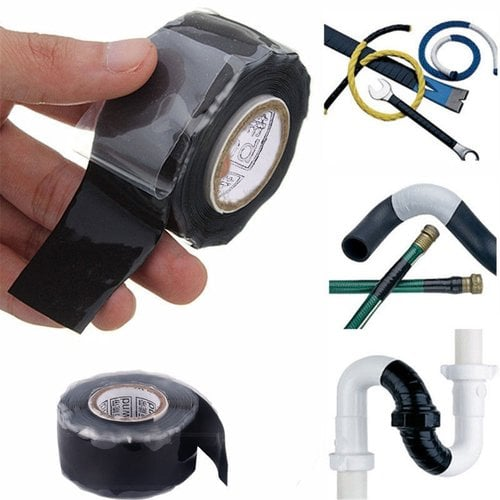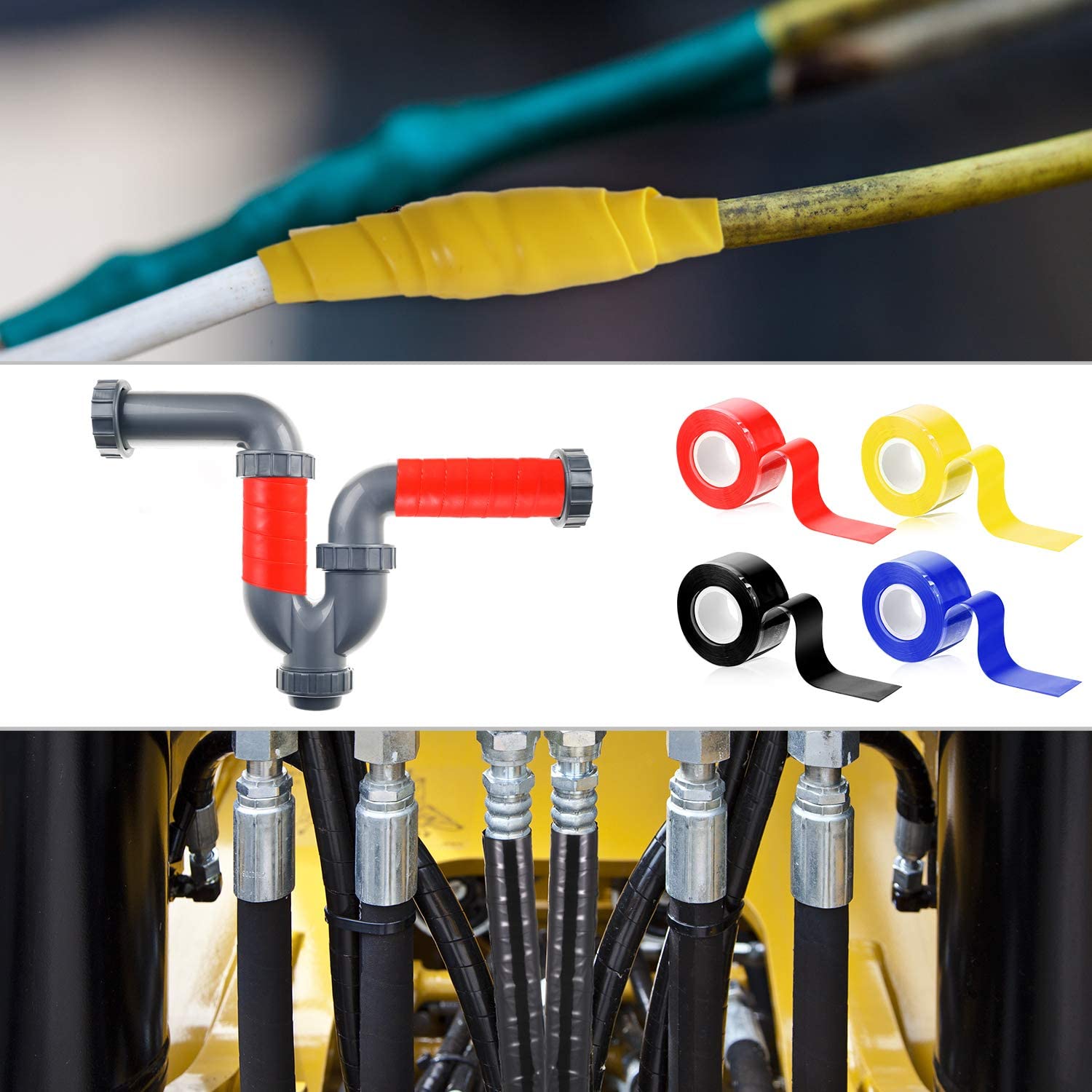In the orchard management process, in order to beautify the garden, improve the ecological environment, adjust varieties, and reduce market risks, there are frequent occurrences of planting trees around the orchard and mixing different varieties in the garden. However, if it is improperly planted, it will affect the normal growth and development of fruit trees and cause a greater loss of fruit tree production. Several tree species that are not suitable for planting and mixing in orchards are described below. First, the trees around the orchard should not be planted species 1, eucalyptus. Orange gardens and vineyards should not be around. Because eucalyptus is a favorite pest of citrus pests Xing Tian Niu and Brown Longi, any eucalyptus around the citrus will cause severe occurrence. In addition, there is an organic compound in the secretions of eucalyptus roots, which has a strong inhibitory effect on the growth and development of the grapes. As long as the eucalyptus root system reaches the place, it will cause the grape to reduce production and even plant death. 2, hedgehog. Citrus gardens, vineyards, apple orchards, orchards, and liyuan gardens should not be planted with hedgehogs, and hedgehogs should not be used as fences. Because hedgehogs can easily attract pests such as the hemipteran pests, the elephants use their sucking mouthparts to suck in leaves and young fruit branches, which can cause deformation of dried leaves and fruits of fruit stems and loss of food value, leading to a serious reduction in the quantity and quality of products. In addition, the deciduous anthrax bacteria on Robinia pseudoacacia cause a lot of deciduous fruit trees. The tannic acid substances secreted by Robinia pseudoacacia have a strong inhibitory effect on many kinds of fruit trees, causing fruit trees to fail for many years. 3, Paulownia (including tung). Because paulownia is the main host of purple feather disease in the roots of fruit trees, fruit trees can suffer from this disease. Diseased plants grow poorly, grow weaker and weaker, their leaves turn yellow and fall ahead of fallen leaves, and heavy plants start to dry up from the fine branches, eventually causing the death of the whole plant, which is extremely harmful to the orchard. 4, pine trees. Pine spores can harm a variety of fruit trees, of which the most serious damage to pear trees. For example, pollen from pine trees can cause harm to pear trees 200-300 meters away, causing yellow spots on the leaves of pear trees, which cause bristly growth, resulting in reduced fruit setting rate and fruit deformities, which seriously affect the quality and yield of pears. Therefore, in the development of pear orchards, the location of pear trees must be more than 500 meters away from the pine forest to prevent the pollen of pine forests from causing "contagious" diseases to the pear trees. 5, cypress. There is a saying in forestry that "Pears and cypresses are ancestral homes and must be planted on business." This is because cypress is the intermediate host of apple and pear rust teliospores. After the disease harms pears and apple trees each year, it also needs to be transferred to cypress trees. To survive winter, the following year continues to harm pear trees. It can be seen that cypress is an important "organism chain" for the survival and harm of the pathogen. Therefore, if the orchard is planted with cypress, it can contribute to the spread of the pear rust virus and impair the growth, quality and fruit quality of the fruit tree. 6, mulberry trees. If mulberry trees are planted near the stonefruit trees such as peach, plum, apricot, and cherry, the main pest on the mulberry tree, the mulberry whiteworm, will spread easily to fruit trees. Mulberry white worms and nymphs live on the fruit tree branches to suck and harm, the heavy branches of the victims are stunted, resulting in dead branches and even the death of the whole plant. Second, fruit trees, pears and apples that are not suitable to be planted in the same park. Pears and apples cannot be planted together in a garden. They cannot be too close together because pear trees are the host of the apple rust virus. They transmit viruses to apples and cause them to develop disease. 2, peach and pear, apple. Peach, pear, and apple can not be mixed together. Because the peach ripens first, the pear and the apple ripen later, the first-generation larvae of the peach borer, pear-little-fly, and peach-eaten pheasant feed on peaches, and the second-generation larvae eat pears and apples. If these three kinds of fruit trees are mixed, they will provide a rich and continuous food for each of their larvae, which will increase the damage. 3, apples and cherries. The two tree species are equal to each other and the total planting is inhibited. 4, walnuts. No other fruit trees can be planted in the walnut garden, and no walnut trees can be planted in other orchards. Because walnuts are secreted by walnuts, they are absorbed by other fruit trees and plants, causing cell wall separation, damaging cell tissue, affecting growth, and causing death of plants withering. Thus, when mixed, planted and selected, Care must be taken to ensure that tree species are paired properly and that planting seedlings that affect the growth of fruit trees and host diseases of the same pests and fruit trees are not planted.
Self Fusing Silicone Tape
Self fusing silicone tape
Description:
Self fusing silicone tape is based on silicone rubber material, has super strong strength and elasticity, shocking self fusing ability. It is corrosion-proof, can resist high and low temperature which ranges from -60 degree C to 260 degree C. Also has high resistant to harsh solvents, chemicals, UV. Superior water and air tight sealing performance. Can stand high pressure and voltage, easy to apply.
Applications:
Widely used to protect control cables, gear cables, coolant pipes, air conditioning and ventilation pipes, fuel hoses and heat sensitive parts, water pipes, water tap etc.
Colors:
Red, white, transparent, black, yellow, green, blue, orange.
Thickness: can ranges from 0.3mm to 1mm. Among them 0.5mm thick is the most popular because of it`s high cost performance.
Sizes:
25mm/50mm by 1meters, 1.5meters, 3meters, etc.




Self fusing silicone tape,Self fusing tape,silicone self fusing tape,self fusing silicone rubber tape
Kunshan Jieyudeng Intelligent Technology Co., Ltd. , https://www.jerrytape.com



